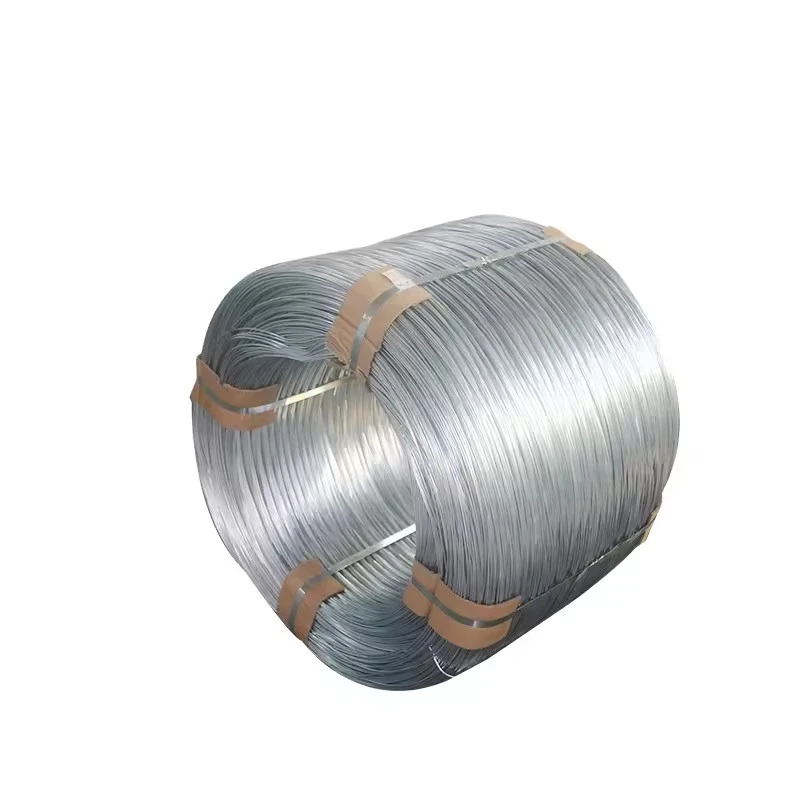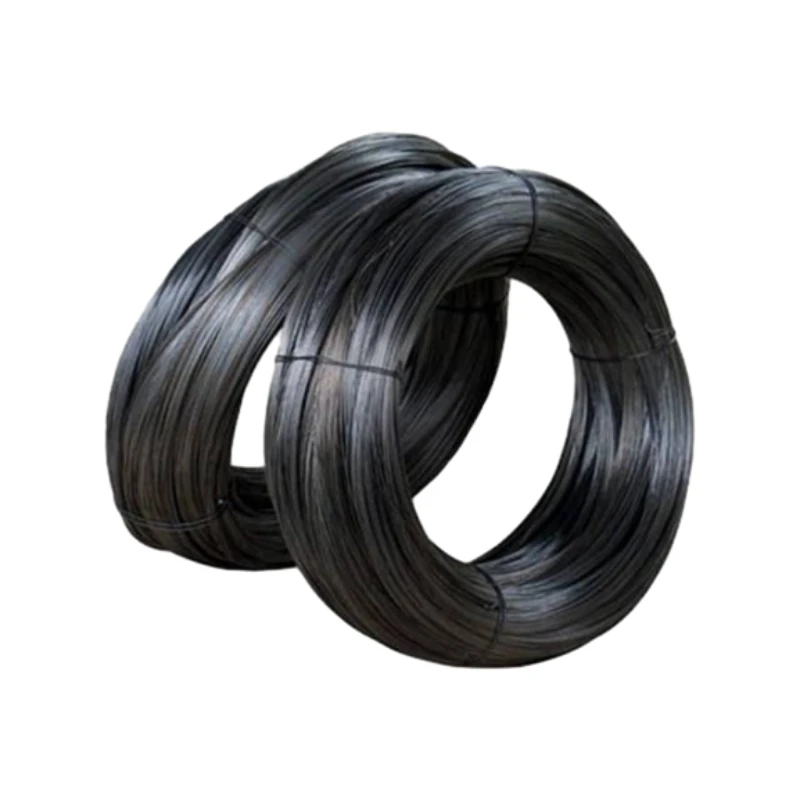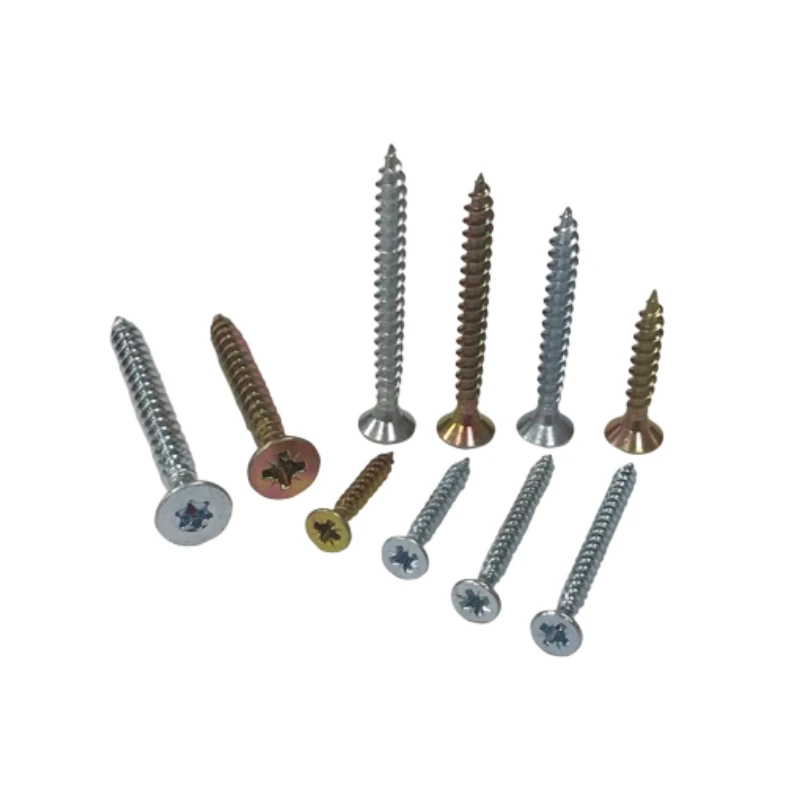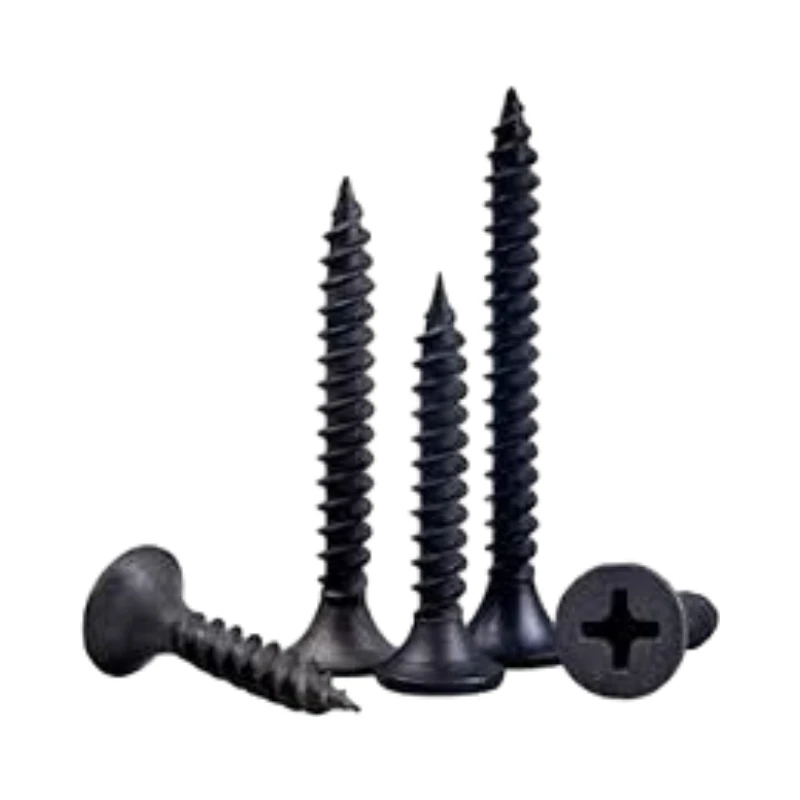
Talk With Us
+86-13601661296
Email Address
admin@sxjbradnail.comGalvanized Brad Nails for Treated Lumber — Durable Fastening Solutions for Lasting Builds
Why Galvanized Brad Nails for Treated Lumber Matter in Today’s Construction World
If you’ve ever been around a house frame, a fence, or even a simple wooden deck, you might have crossed paths with galvanized brad nails for treated lumber. They’re not the flashy, obvious players on construction sites, but frankly, these little metal pins hold together some of the most durable structures you use daily. With treated lumber gaining global momentum for its enhanced resistance to rot and pests, the need for nails that can stand up to harsh conditions is skyrocketing. Understanding these nails isn't just for contractors; it's a global matter of building longer-lasting, safer structures — whether in booming urban centers or disaster-affected rural zones.
Globally, construction timber usage is projected to grow by roughly 2% yearly, with treated lumber making up an increasing share, especially in humid and termite-prone regions. So, having the right fasteners, like galvanized brad nails, isn’t just a detail—it’s a necessity to ensure structural longevity and safety.
The Global Context of Using Galvanized Brad Nails
Take a moment to think about infrastructure worldwide: roughly 1.6 billion people live in inadequate housing (UN Habitat). Many development projects rely heavily on treated lumber due to its availability and cost efficiency. Yet untreated nails corrode when exposed to the chemicals in treated wood or environmental moisture, leading to structural failure sooner than expected.
According to ISO standards for fasteners (ISO 898-1), galvanized finishes extend the usable life of nails, making them ideal partners for treated lumber. This is particularly vital in regions facing extreme weather or post-disaster rebuild efforts, where durability isn’t an option; it’s a lifeline.
What Exactly Are Galvanized Brad Nails for Treated Lumber?
Simply put, these are thin, small-headed nails coated—usually in zinc—through galvanization to protect against rust and chemical corrosion. Brad nails differ from regular nails because they’re slender, with a smaller head, allowing them to secure delicate trim or lightweight wood without splitting it. The galvanized coating is critical when nailing into chemically treated wood, which can be corrosive to untreated metals.
Modern construction, especially in modular and prefab housing, increasingly relies on treated lumber for environmental durability. Galvanized brad nails ensure the fastening lasts as long as the wood does, which can be several decades if done right.
Key Components of Galvanized Brad Nails
1. Durability
The zinc coating bonds tightly to the steel, forming a barrier against moisture and chemical attacks. This means nails don't corrode prematurely, which is a common problem in outdoor settings or treated lumber. Durability here translates directly into safety — no loose planks or crumbling fences after a rainy season.
2. Size & Design
At around 18-gauge with heads just large enough to prevent pull-through, brad nails are crafted to hold thin boards, trim, or paneling efficiently. The thin shank reduces wood splitting, which is essential in finer carpentry work.
3. Corrosion Resistance
Without proper coating, iron nails react badly with wood preservatives (like copper azole or ACQ), often resulting in black staining or rust streaks. Galvanization minimizes this effect tremendously.
4. Cost Efficiency
While galvanized nails cost slightly more than their non-coated counterparts, the long-term savings on maintenance and rework justify the price in nearly every case. Plus, fewer replacements mean less waste and environmental impact.
5. Compatibility
These nails are specifically designed to pair well with different treated wood types, whether pressure-treated, acetylated, or thermally modified lumber. The synergy keeps joints secure across all climates.
Mini Takeaway:
- Galvanized brad nails combine thoughtful sizing, protective coating, and material science to keep treated lumber fastened securely and safely—especially where it counts the most.
Global Applications and Real-World Examples
From North American deck building to Southeast Asian rural housing and even emergency shelter construction in cyclone-prone zones, galvanized brad nails for treated lumber have proven their worth. For example, NGOs working in Haiti after the 2010 earthquake favored treated wood frames with galvanized nails to ensure speedy rebuilds that withstand humidity and storms.
Industrial sites in Australia, exposed to coastal salt spray, avoid corrosion problems by choosing galvanized fasteners. Interestingly, even decorative joinery in European heritage restorations now employs these nails to prevent staining and wood damage.
Mini Takeaway:
- These nails aren’t just for your everyday fence-building—they’re part of bigger reconstruction, industrial, and even heritage preservation projects globally.
Advantages and Long-Term Value of Galvanized Brad Nails
Why incur a slight upfront expense when you could opt for cheaper nails? It’s about reliability and peace of mind. Maintenance costs plummet when fasteners don’t rust out, and structures maintain their integrity much longer. There's also an emotional comfort for homeowners and builders alike, knowing that safety isn’t compromised by the smallest hardware choice.
On the sustainability angle, longer-lasting nails mean fewer replaced parts. That reduces mining demand and waste over time. Plus, your buildings don’t just last longer—they maintain their aesthetic appeal better, avoiding rust stains and ugly degradation.
Product Specification Table
| Specification | Detail |
|---|---|
| Material | Steel with Zinc Galvanized Coating |
| Gauge | 18 Gauge |
| Length Range | 5/8" to 2" |
| Head Type | Small (Brad) Head |
| Corrosion Resistance | High (Galvanized Zinc Coating) |
| Recommended Uses | Treated Lumber, Trim Work, Finish Carpentry |
| Packaging | 1,000 Nails per Box |
Vendor Comparison: Choosing the Right Supplier
| Vendor | Price per 1,000 Nails ($) | Zinc Coating Thickness (µm) | Lead Time (Days) | Shipping Coverage |
|---|---|---|---|---|
| SXJ Staple Co. | 25–30 | 12 | 3–5 | Global |
| FastenPro Ltd. | 22–28 | 10 | 5–7 | North America |
| NailTech Global | 20–27 | 8 | 7–10 | Europe & Asia |
Looking Ahead: Future Trends in Fasteners for Treated Lumber
As the world moves toward greener construction techniques, the materials science behind galvanization is evolving. Some manufacturers are experimenting with physical vapor deposition (PVD) coatings, promising even thinner but more durable corrosion barriers.
Digital inventory tracking and smart supply chains mean you can order the exact galvanized brad nails needed for a project without overstocking—cutting waste. Automation in fastening systems is also rising, where nails meet robotic installation, especially in prefab plants.
Policies encouraging environmentally friendly coatings and recyclable fasteners may redefine the market in the next decade. So, those safety nails you buy today might someday be “smart” or even biodegradable... an odd but exciting thought.
Common Challenges and How Experts Overcome Them
One persistent issue is the mis-match of coating types—using galvanized nails on wood treated with incompatible preservatives can still cause corrosion. Experts recommend consulting lumber treatment specifications closely and sometimes opting for stainless-steel fasteners in high-risk environments despite the cost.
Another challenge is nail shank size: smaller brads don’t carry heavy loads well, so engineers often pair them with structural screws or larger nails in critical joints. Modern builders know to balance aesthetics with functionality.
FAQs About Galvanized Brad Nails for Treated Lumber
- Are galvanized brad nails suitable for outdoor furniture made from treated lumber?
- Yes, they are highly recommended because their corrosion resistance helps the fasteners last outdoors without rusting or staining the wood.
- How long can galvanized nails last in treated lumber exposed to harsh weather?
- Typically, galvanized nails can last 20+ years outdoors, depending on the thickness of the coating and environmental conditions.
- Can I use regular brad nails instead of galvanized ones for treated lumber?
- Regular brad nails are not advisable due to their susceptibility to corrosion, which will weaken the wood joints and cause staining over time.
- Do galvanized brad nails work with all treated wood types?
- They generally work well with most common treatments; however, some highly corrosive treatments may require stainless steel nails. Always check treatment compatibility.
- Where can I buy quality galvanized brad nails?
- For reliable supplies, check out industry leaders like SXJ Staple Co. (galvanized brad nails for treated lumber).
Conclusion: Long-Term Security Starts Small
So, after wandering through coatings, specs, and various global applications, it’s clear: galvanized brad nails for treated lumber are quietly essential players in building safer, more lasting structures worldwide. They may be small, but choosing the right nails saves you big headaches down the line—whether you’re an engineer planning a disaster-resilient community or a homeowner fixing up your back porch.
Visit our website at sxj-staple.com to explore quality galvanized brad nails designed for treated lumber and take your projects from "just nailed" to forever built.
References
-
2 Inch Brad Nails - Precision Fastening for Woodworking & ConstructionNewsNov.24,2025
-
Affordable Quality: Understanding Cheap Brad Nails and Their Global ImpactNewsNov.24,2025
-
Type F Brad Nails: Precision Fasteners for Quality Craftsmanship & IndustryNewsNov.23,2025
-
High-Quality Type 47 Brad Nails for Precision & Durability | SXJ IndustrialNewsNov.23,2025
-
T47 Nail: The Ultimate Guide to Industrial and Construction ApplicationsNewsNov.22,2025
-
Everything You Need to Know About T Head Brad Nails | Global Fastening SolutionsNewsNov.22,2025









